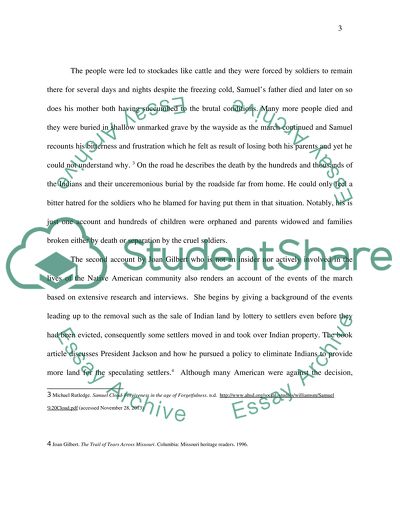Cite this document
(“Native American History Essay Example | Topics and Well Written Essays - 1500 words”, n.d.)
Native American History Essay Example | Topics and Well Written Essays - 1500 words. Retrieved from https://studentshare.org/history/1494330-native-american-history
Native American History Essay Example | Topics and Well Written Essays - 1500 words. Retrieved from https://studentshare.org/history/1494330-native-american-history
(Native American History Essay Example | Topics and Well Written Essays - 1500 Words)
Native American History Essay Example | Topics and Well Written Essays - 1500 Words. https://studentshare.org/history/1494330-native-american-history.
Native American History Essay Example | Topics and Well Written Essays - 1500 Words. https://studentshare.org/history/1494330-native-american-history.
“Native American History Essay Example | Topics and Well Written Essays - 1500 Words”, n.d. https://studentshare.org/history/1494330-native-american-history.


